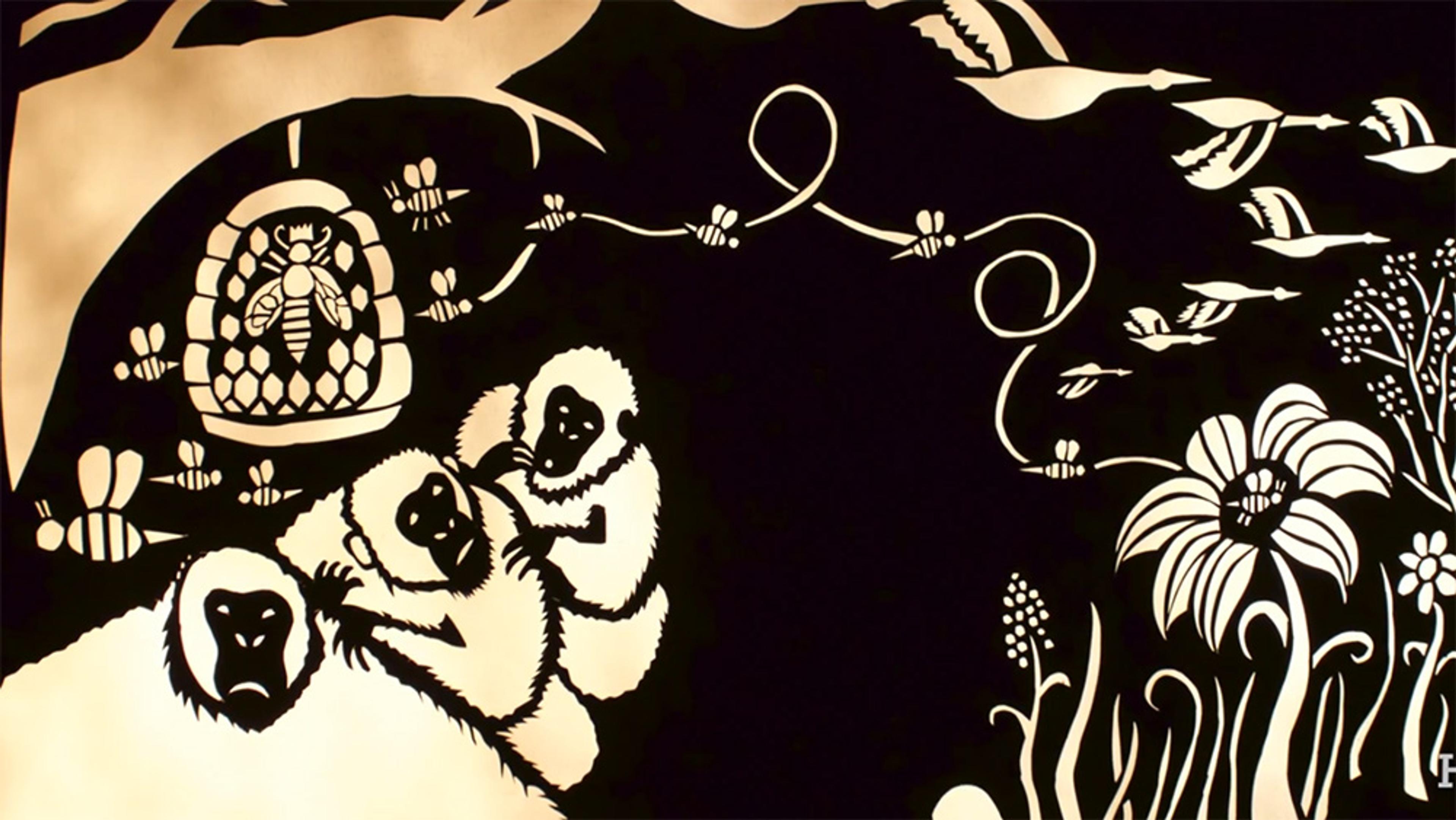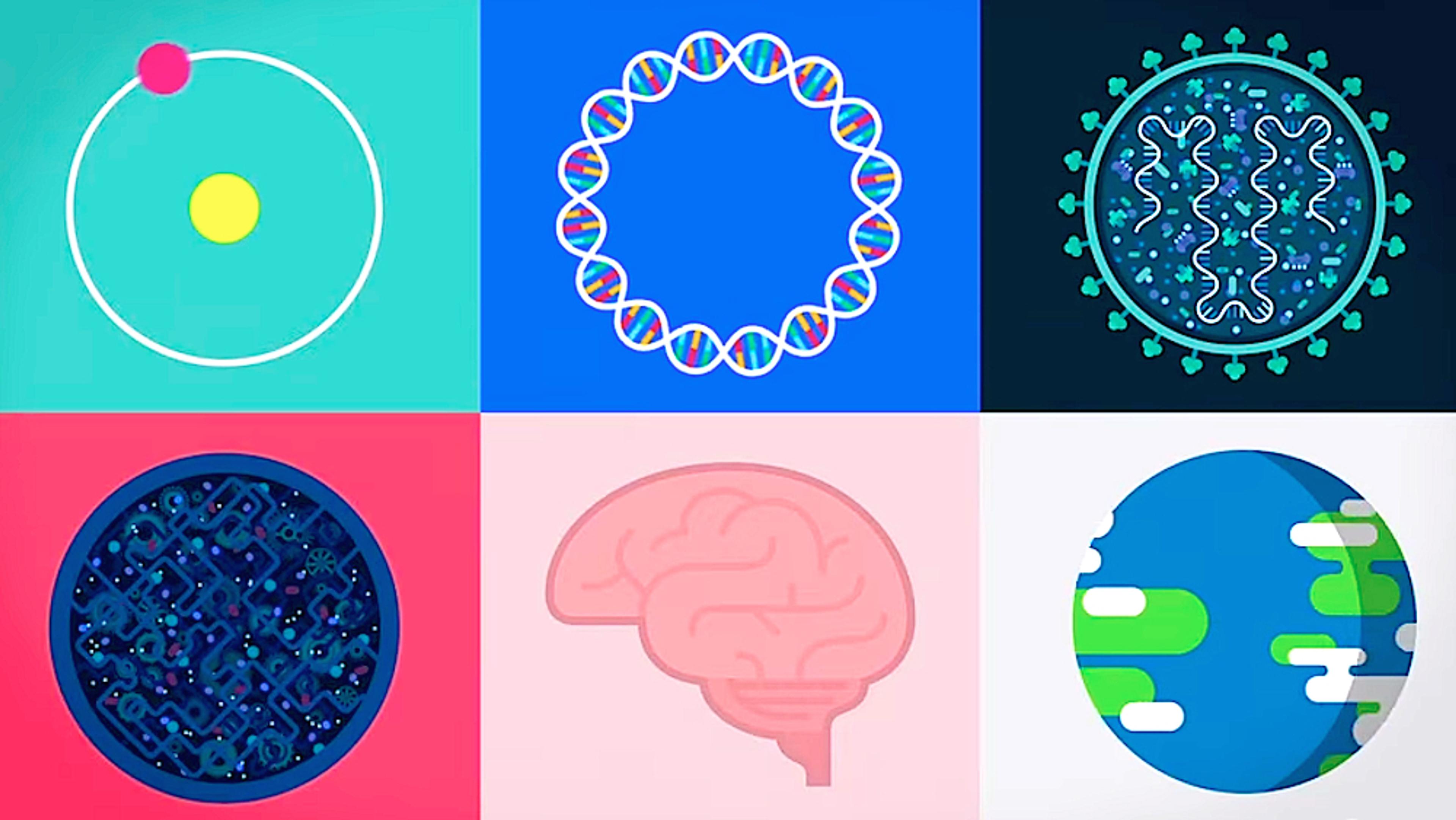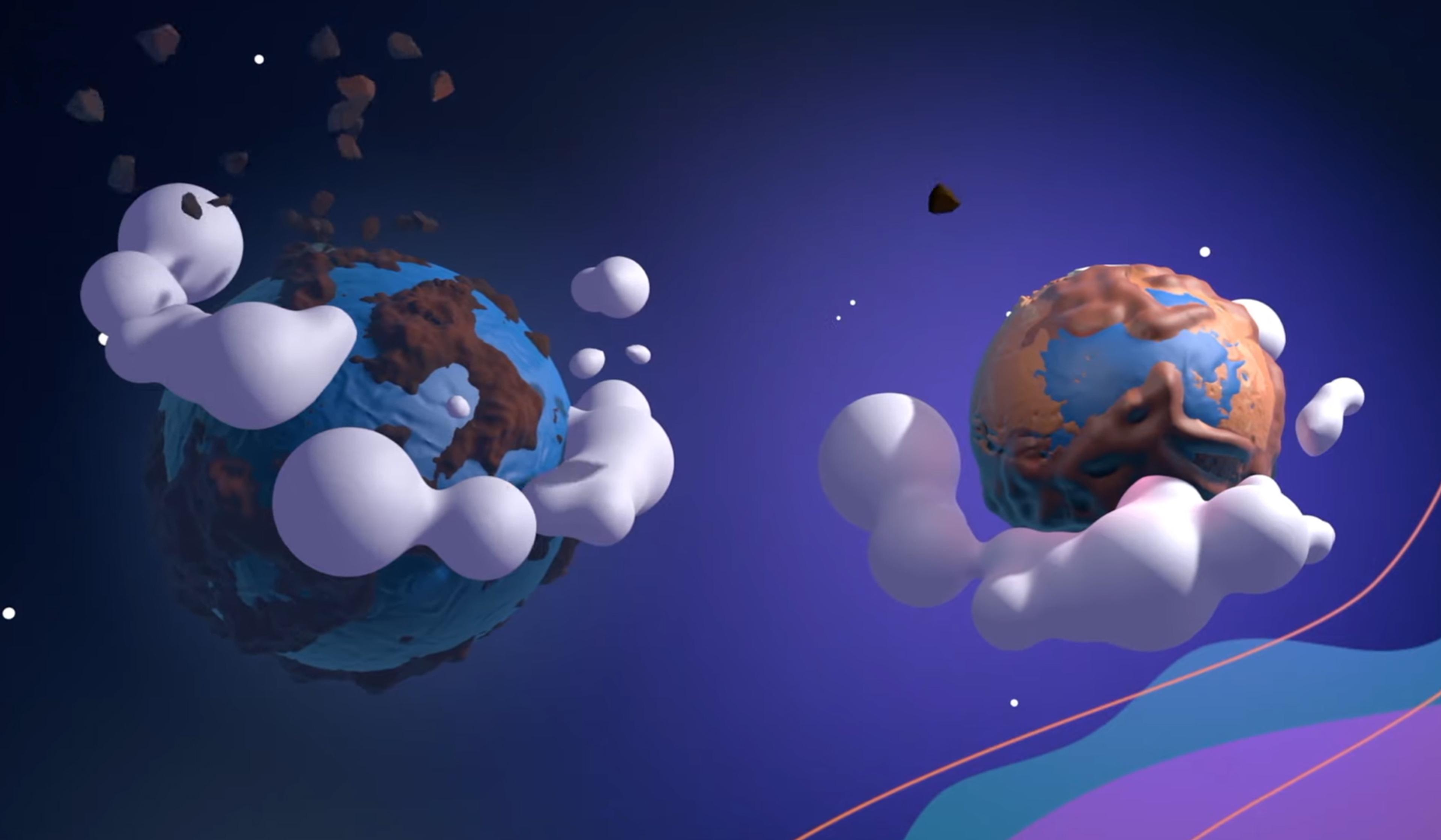Life on earth – from mushrooms to humans and everything in between – seems enormously diverse. At the cellular level, however, almost all complex lifeforms are surprisingly similar. Why life is this way, though, remains mysterious. In this Aeon interview, the UK biochemist and author Nick Lane discusses his research on the connection between energy and genes, which, he hypothesises, made possible the radical transformation from single-celled organisms to complex life about 4 billion years ago.
Illustration by Ryan McAmis
Chimeras and lightning: a radical perspective on the evolution of complex life
Interviewer: Nigel Warburton
Producer: Kellen Quinn
Editor: Adam D’Arpino

videoBiology
For 3 billion years, life was unicellular. Why did it start to collaborate?
4 minutes

videoEvolution
Evolution is not only about competition: the cellular origins of a very big idea
5 minutes

videoAstronomy
Finding alien life raises huge ethical questions. Finding we’re alone does, too
6 minutes

videoDeath
What separates life from death? The line is fuzzier than we might expect
6 minutes

videoPhilosophy of religion
How wonder – the linchpin of inspiration and inquiry – makes humans unique
4 minutes

videoBioethics
The mini robots that may show how to ‘programme’ cells for improved performance
4 minutes

videoBiology
The idea that life on Earth originated elsewhere is not as far out as it seems
6 minutes

videoAstronomy
Finding alien life demands real imagination – not recycled sci-fi tropes
5 minutes

videoPhilosophy of science
Our existence is both cosmically trivial and linked to everything that ever was
7 minutes